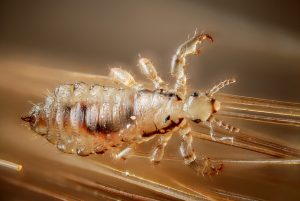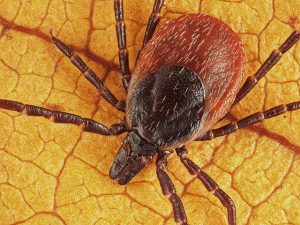 Dragonfly from Wayanad Kerala (Photo credit: Wikipedia)
Dragonfly from Wayanad Kerala (Photo credit: Wikipedia)
Dragonflies are beneficial predators that seek smaller insects, and also possess interesting mechanisms that allow them to fly, breathe, and live. Here are five little-known facts about dragonflies, as well as some tips on how to increase the dragonfly population in your area, since these remarkable creatures can be very helpful in the yard and garden.
- They are beneficial insects. Dragonflies are natural predator insects that eat pesky mosquitoes, flies, wasps, and other small and potentially annoying insects. Homemade ponds can attract dragonflies into your yard, as dragonflies constantly seek sources of water to breed. If you live in an area heavily populated with mosquitoes, however, you may want to avoid this method of attracting dragonflies.
- They have unique ways of propelling themselves. Dragonflies breathe through gills located on the sides of their bodies, mainly in the rectum. The water they breathe in can be expelled quickly through the anus, thus helping them to propel themselves quickly and easily at various speeds. Although not the most attractive way of getting from place to place, it is an interesting method of transportation that many entomologists find fascinating.
- They are fast fliers. Some claim that dragonflies can reach speeds of up to 60 miles per hour; however, research suggests that most travel at an average of 20-35 miles per hour. These quick speeds help dragonflies attack other small insects, including wasps, bees, and houseflies.
- They have long life spans. Although smaller species live for only 6 months, larger dragonfly species can live for much longer. In fact, some species of dragonflies can survive five years or more, making them relatively long-lived insects.
- They have selective attention. New research suggests that dragonflies have brain cells that allow them to be very selective when it comes to their attention. They can screen out useless information so that they can focus solely on their prey. This type of selective attention, usually found only in primates, can also be helpful to the insects when they are fleeing from larger insects or animals. Not only is this a hunter-mechanism, but it is also a defense mechanism.






























